Tintoretto is a Venetian mannerist painter who wanted to shy away from the bright colours being used in Venice during that time. Thus, he employed “weird light and… broken tones” to add a dramatic effect and an emotional strain (Gombrich, 371). Ultimately, he desired to be unlike any other painter in the late 16th century. Many, however, did not appreciate his attempt at uniqueness. Giorgio Vasari, a well-known critic, wrote that he could “‘have become one of the greatest painters seen in Venice,'” but because his paintings had an unfinished look, he was overlooked. Regardless, he never intended to have the same, clean finish that other Venetian painters had; he didn’t want the smooth finish to “[distract] our attention from the dramatic happenings of the picture.” The pencil marks he left on his completed paintings overall added to his intense portrayals of “legends and myths of the past.”
In my opinion, Tintoretto should have been considered as one of the greats. His paintings were incredibly different from any of the other mannerist paintings in Venice during the late 116th century. They demonstrated natural movement and liveliness, whereas models in other mannerist paintings seemed posed. Additionally, his pencil strokes were deliberately left to create a climactic effect; had they been there unintentionally, I would understand the argument of his supposed carelessness. Finally, when Gombrich stated that El Greco’s art “surpass[ed]” Tintoretto’s due to the “medieval ideas” that “lingered” in his work, I was shocked because I felt more inspired by Tintoretto’s work than I did by El Greco’s. Evidently, it is a subjective matter, but I believe that Tintoretto does an amazing job at creating complex and mesmerizing pieces.
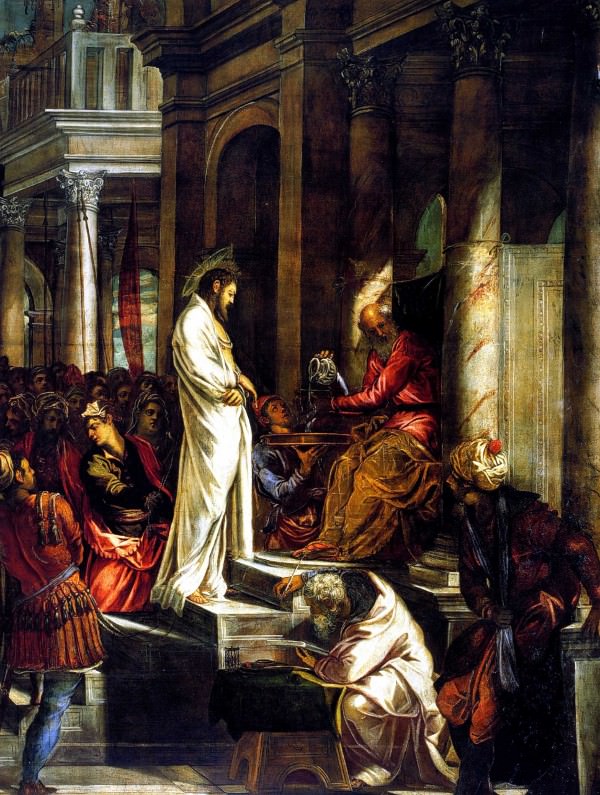
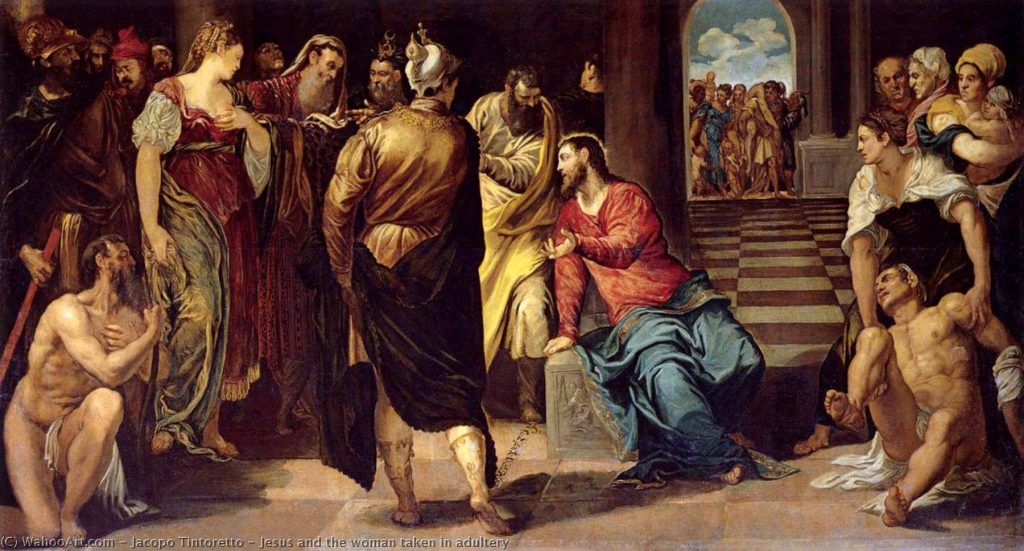
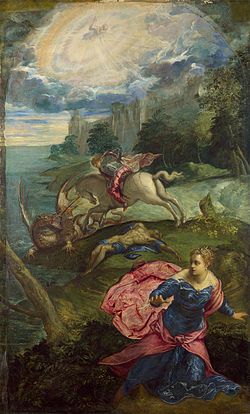
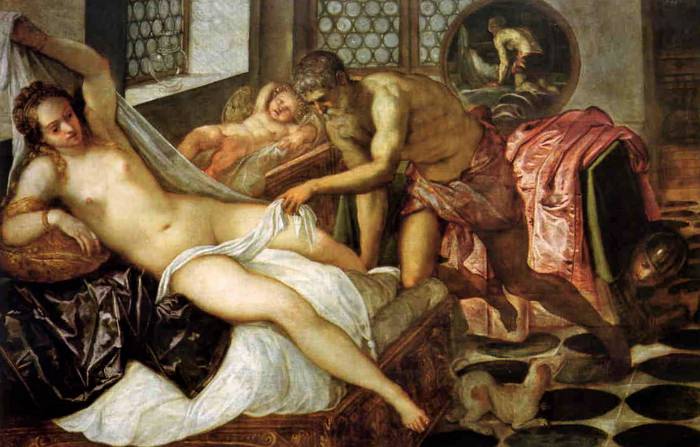
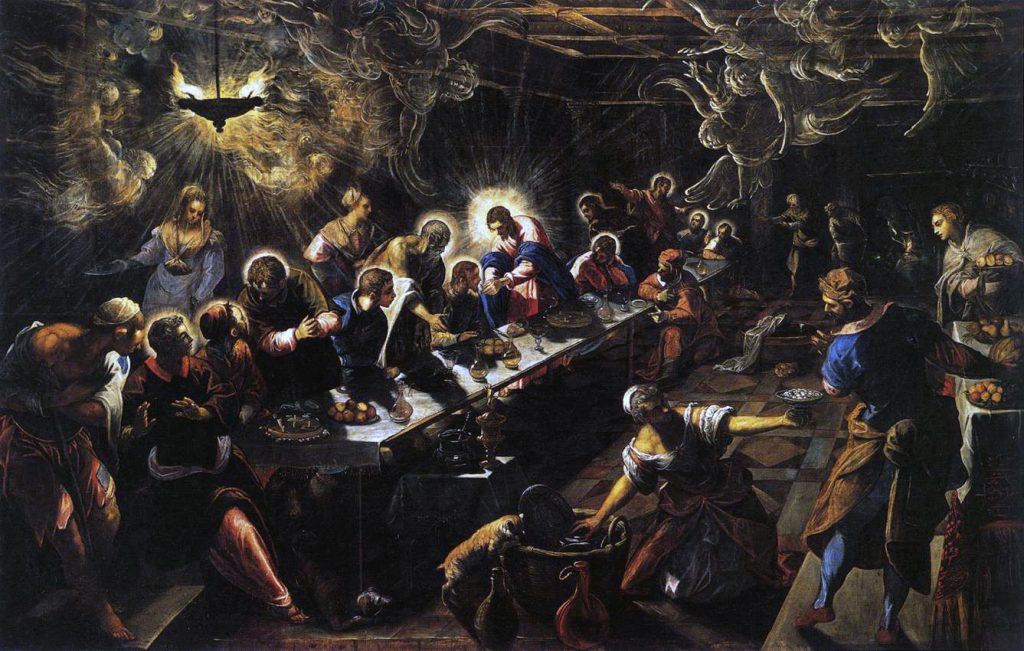
Gombrich, Ernst. The Story of Art. 16th Edition, Phaidon Press Inc, 1995.

Cassie,
Excellent work on Tintoretto! I was aware that he was somewhat overlooked in the Venetian School as painters like Titian, Bellini, Veronese, and Giorgione were more appreciated. But I like that you disagree with that notion of his inferiority that was prevalent in his day. He is indeed a great artist. Your research and personal insights are most welcome. Just wonder was Gombrich your only cited source for this post?
Anyhow well done.
Jeff
Gombrich was the only source I used for Tintoretto’s past, but I probably could have done more research on Vasari’s critique. I’ll definitely try to look for more sources on my upcoming blog post.
Writing notes from Patrick
Near perfect. Good storytelling and descriptions. A couple missteps that you would spot if you read out loud: Venetian, mannerist (no comma needed); through the late (in the late); or making a passive sentence into an active one: Many, however, did not appreciate his attempt at uniqueness. Writing is rewriting and you are doing a good job of it.
Thank you for the comment! I’ll update it now with the changes you suggested.